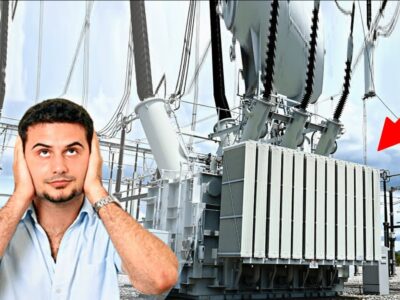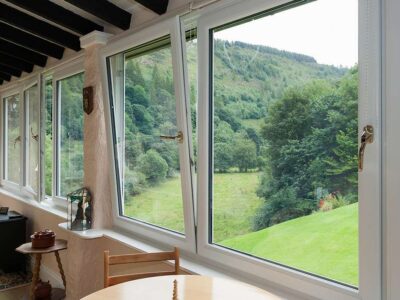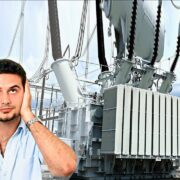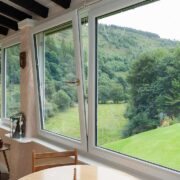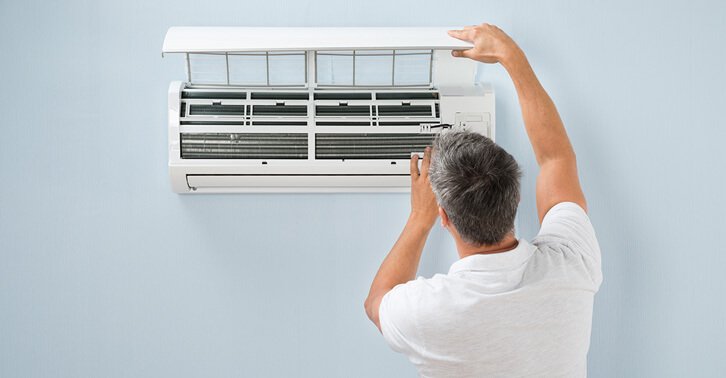
Ductless mini split heat pump is ideal for homes or small businesses seeking to retrofit an existing non-vented heating system into a ductless cooling system. Non-vented heating systems consist of heating systems like baseboard heating, wood heating, and forced air heaters operating on propane, kerosene, or wood. These systems require a separate duct system for delivery of conditioned air from the furnace to the rooms. A ductless Aircon mini split heat pump is essentially a miniature version of these systems, as it requires no duct work or installation. All excess air is passed through a manifold that houses a compressor, condenser, and evaporator.
The condensed refrigerant gas is then compressed by a compressor, which forces cooled gas back into the condensing unit. This process draws heat from the exterior of the air conditioner and transfers it to the refrigerant gas in the form of cold air. This cold air is then circulated around the home using a blower fan. The mini split heat pump uses the principle of radiator heat exchange – whereby the heated air is passed through the system and then into the air conditioner. The condensed refrigerant gases return to the compressor where they undergo condensation, thus replacing the heated air in the air conditioner and allowing the system to cool off.
Most mini split systems are placed outdoors, either in a covered area or over a concrete slab. They are often used to replace existing outdoor heating ducts, but can also be used to supplement existing outdoor units. These outdoor systems are not intended to be permanently installed indoors, as the intense weather and freezing temperatures pose serious risks to these devices. Therefore, many homeowners choose to install a ductless indoor unit instead.
In general, this type of system operates at a lower efficiency rating than other types of air conditioners. This is because it draws so much hot air from the atmosphere that it ends up forcing cooler air in. As a result, it has a lower R-value, which is the inverse of the efficiency rating of the refrigerant. In addition, it uses more electricity to operate, but the savings made on energy use make up for this in many instances. Another added benefit is that it requires very little maintenance; however, you may need to lubricate the bearings periodically.
Mini split heat pumps provide a number of benefits for homeowners, including the potential to save money on their utilities bills and to reduce their impact on the environment. They provide cooling at a lower cost than most traditional methods of cooling. They can be installed in a fraction of the time it would take a new home owner to install a traditional heating and cooling system. They are energy efficient and require little maintenance. And they can actually be moved around easily, unlike their counterparts that require you to permanently install them in your new home. You will also have a significantly quieter cooling system as there are no compressor stages to contend with.
However, if you are considering installing this type of heating and cooling unit in your new home, you should be sure to take into account the pros and cons of this option. If you already have an air conditioning system in place in your new home, you may want to consider contacting the previous owner to see if he or she was happy with the unit. In most cases, the previous unit was installed with excellent results, providing you with a comfortable temperature all year long.




